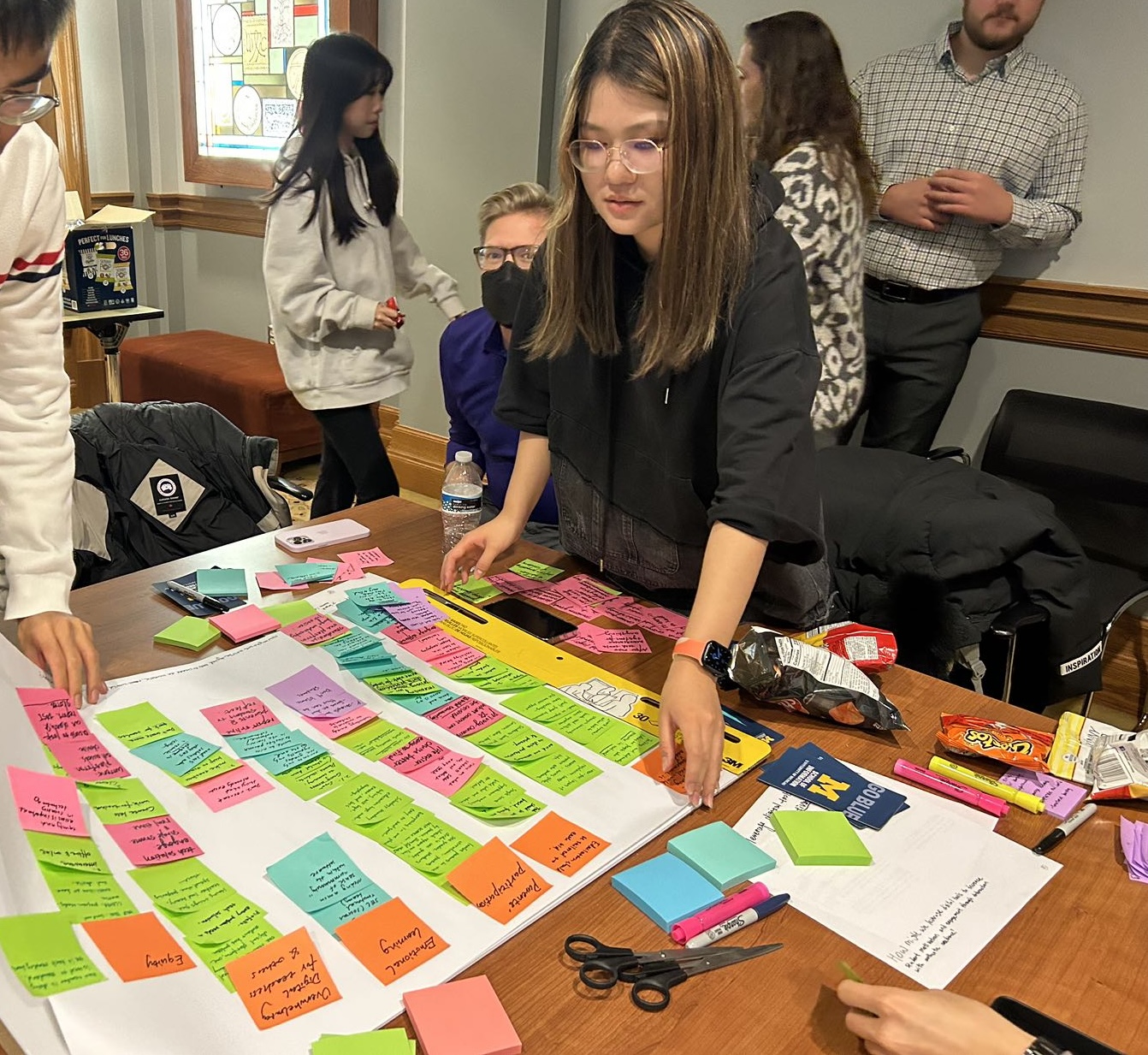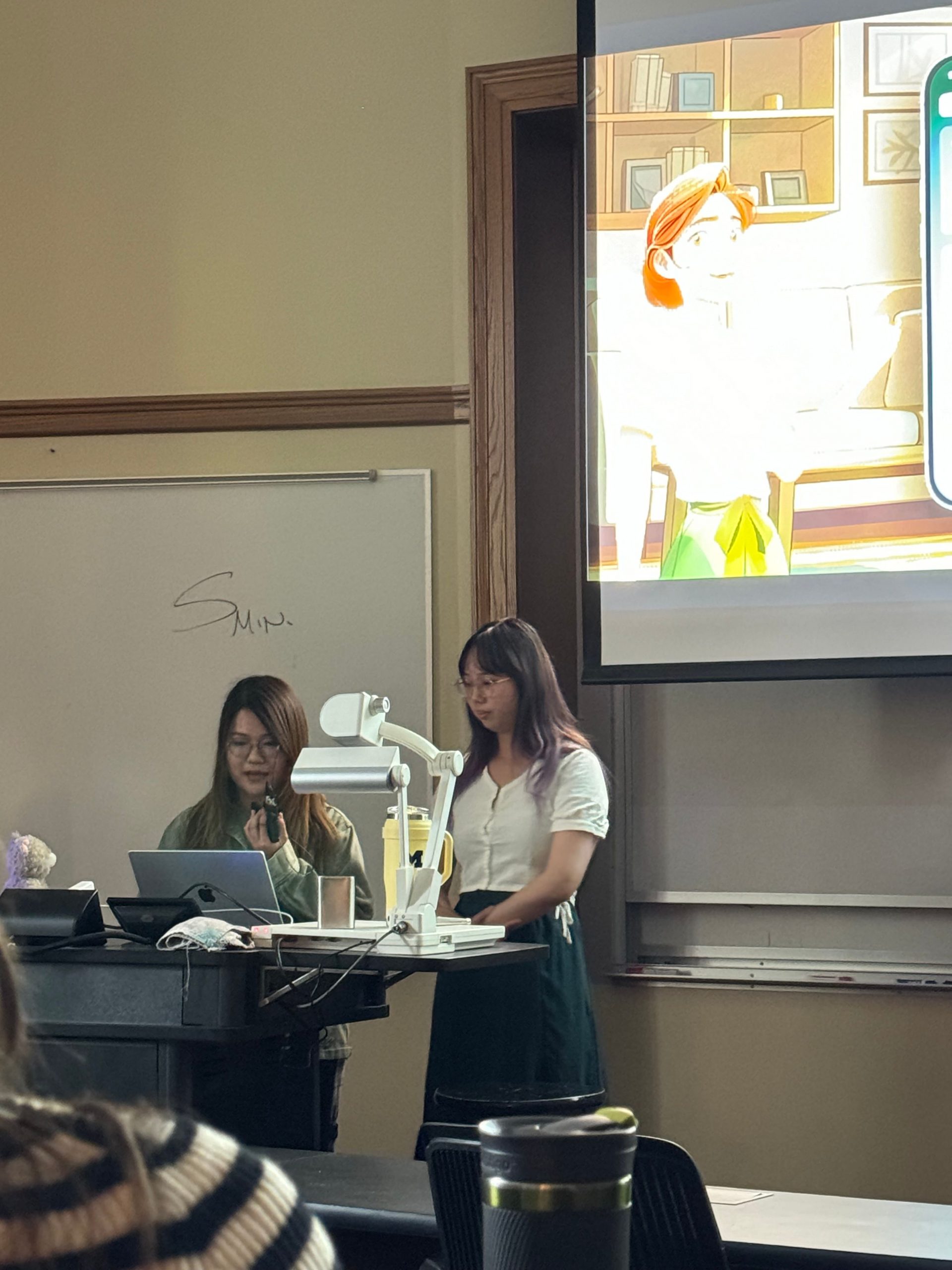Meet Ziyi Jiang | UX/Product Designer

We had the good fortune of connecting with Ziyi Jiang and we’ve shared our conversation below.
Hi Ziyi, what’s one piece of conventional advice that you disagree with?
One common piece of advice I often hear is, “To succeed, you must specialize in a single field.” While specialization has its merits, I believe that true innovation often comes from cross-disciplinary experiences. My career journey has taken me across multiple industries—healthcare, SaaS, AI, and e-commerce—and each has contributed to my growth as a UX designer.
UX design is not just about applying best practices within a single industry; it’s about deeply understanding users and crafting solutions that genuinely enhance their experiences. My ability to adapt and integrate diverse perspectives has been instrumental in my work, enabling me to create designs that are not only functional but also innovative. This mindset has allowed me to thrive in fast-paced environments, deliver impactful solutions, and ultimately earn international recognition for my work, including multiple design awards.

Can you open up a bit about your work and career? We’re big fans and we’d love for our community to learn more about your work.
I see UX design as an art form—a fusion of aesthetics, psychology, and technology that shapes how people interact with the world. My work stands out because I blend storytelling with functionality, ensuring designs are not only visually compelling but also solve real-world problems. One of my proudest achievements is “Dog Mode,” an award-winning UX project addressing pet safety in vehicles. It won multiple international design awards, including the NY Design Awards, Titan Innovation Award, and London Design Award, reinforcing my belief that design can create meaningful real-world impact beyond the screen.
Transitioning between industries like automotive, e-commerce, and healthcare AI pushed me to adapt quickly and embrace new ways of thinking. In automotive UX, I had to balance safety, usability, and aesthetics, ensuring designs were both functional and intuitive. In healthcare AI, I learned to prioritize trust, accessibility, and ethical considerations, recognizing that design decisions can directly affect people’s well-being. Working across these industries has taught me that great design is more than just a visual experience—it’s about problem-solving, influencing behavior, and making technology more human.
One of the biggest challenges I’ve faced is proving the value of UX in industries that often prioritize engineering or business goals. Early on, I had to learn how to advocate for design, using research, iteration, and data to demonstrate its impact. Over time, I’ve grown into a designer who not only creates intuitive experiences but also helps shape product strategy. I believe that creativity thrives at the intersection of disciplines, and my ability to work across different fields has strengthened my approach to problem-solving. My goal is to continue pushing the boundaries of design, making technology more intuitive, human, and meaningful.

Any places to eat or things to do that you can share with our readers? If they have a friend visiting town, what are some spots they could take them to?
If my best friend were visiting, I’d plan the trip like crafting a great experience—thoughtful, intuitive, and full of little surprises. We’d start with a cozy café where the vibe is just right—not too loud, not too rushed—perfect for catching up. Then, I’d take them to a spot that sparks curiosity, maybe an interactive museum or a hidden bookstore with a secret coffee shop in the back. I’d mix structured plans with spontaneous detours, letting us stumble upon unexpected gems—because the best moments aren’t always the ones you plan. There’d be a balance too—a day escaping into nature to reset, followed by a deep dive into the local food scene, from hole-in-the-wall eats to a beautifully curated dining experience. To me, a great trip isn’t about cramming in every landmark but about how it flows, how it makes you feel, and the stories you take home with you.

The Shoutout series is all about recognizing that our success and where we are in life is at least somewhat thanks to the efforts, support, mentorship, love and encouragement of others. So is there someone that you want to dedicate your shoutout to?
A special shoutout to James Rampton, an instructor from my universiry, whose guidance was instrumental in my automotive UX project. His mentorship helped refine my approach to user-centered design, ultimately leading to multiple international design awards. His encouragement pushed me to think beyond conventional UX principles and explore how design can truly enhance safety and user experience in the automotive space.
I also want to recognize Julie, my current UX manager, who has been an incredible mentor in my journey into the healthcare and mental health AI industry. Her insights and leadership have helped me navigate complex, high-impact projects, where UX plays a crucial role in improving patient outcomes and digital health experiences.
Beyond individual mentors, I owe a lot to the broader UX and design communities that have provided inspiration, opportunities, and support. The conversations, collaborations, and shared knowledge within these spaces have been invaluable in shaping my approach to design.
I truly believe that mentorship and support systems are key to growth, and I’m grateful for everyone who has contributed to mine.
Website: https://ziyi.work/
Linkedin: https://www.linkedin.com/in/ziyi-jiang-design/

